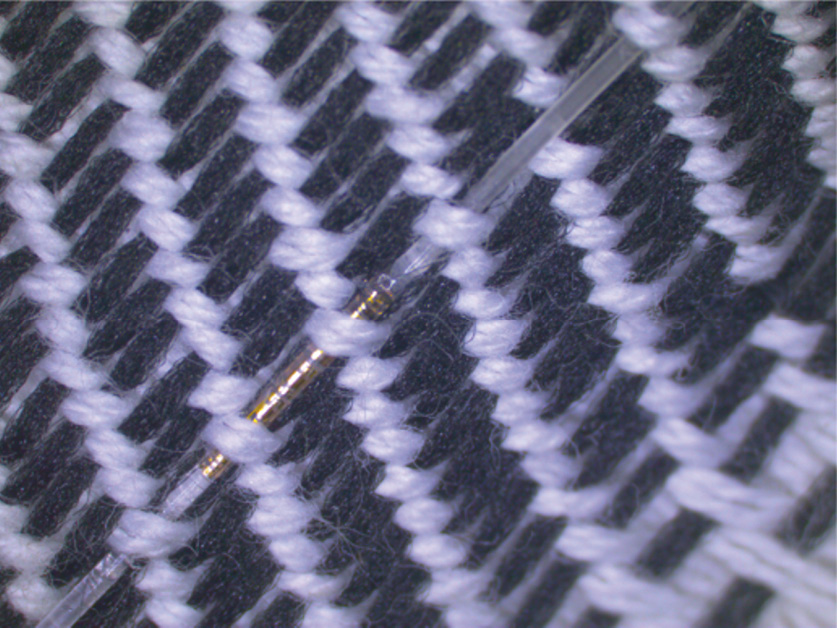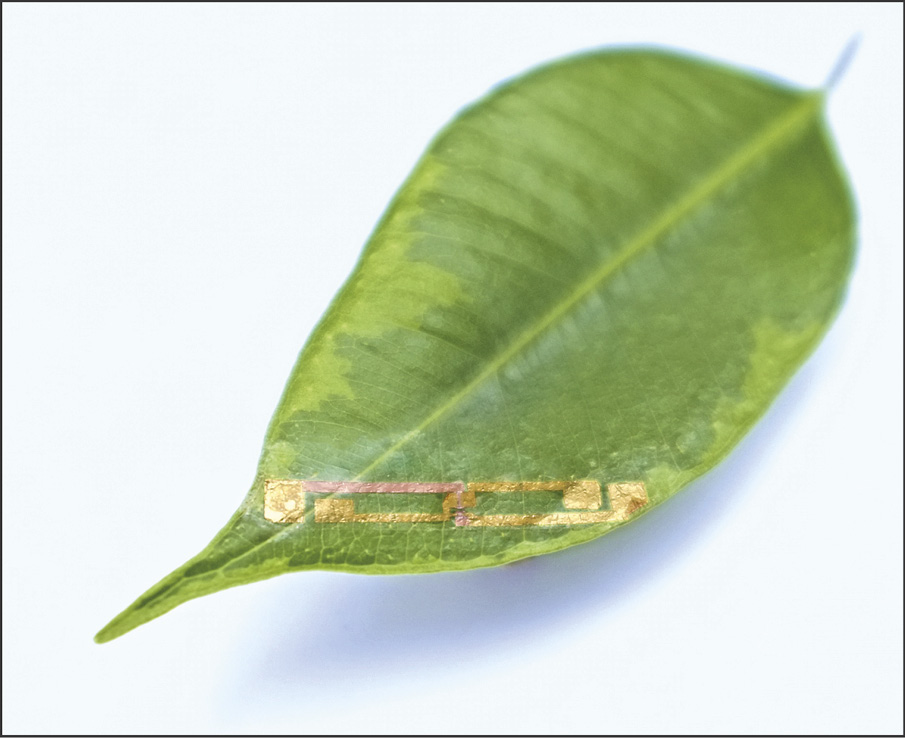Bozen – A great challenge for the progress of modern societies and economies is that new and promising technological innovations are developed with a lot of effort, often using public money, but are unfortunately many times not recognized by practitioners as a solution to their problems. There is ample evidence that research and development (R&D) efforts within universities, just fizzle out without leaving a real impact beyond academic reputation gain.
On the other side, there are manifold examples where basic scientific research in academia had a great indirect and long-term benefit for single firms, industries, and ultimately for the regional and national economy. A prime example is the mRNA technology now familiar to almost everyone. Before it could finally be used for successfully producing effective COVID-19 vaccines, decades of scientific research had already gone into this breakthrough innovation. While there are many other success stories of scientific research which revolutionized the business world, failures and delays prevail. Why is it so difficult to transfer academic research into industry applications?
Essentials of the academia–practitioner gap
Efficient and effective technology transfer, especially regarding high tech and highly innovative R&D, is not only hampered by the academia practitioner-gap but also by the interdisciplinarity gap.

The academia practitioner-gap addresses a situation where a radically new technology is already well-known in specialized scientific communities but has received little attention in the industry context due to inherent differences of those two “worlds”. Within a university that is designated as a research institute, its researchers are exploring and developing the technologies of the future. Unfortunately, there is rarely any focus on marketing potential or real-life applications. It is so to say art for art’s sake. Incentive systems of universities and particular of their researchers especially in Central Europe are frequently lacking components that foster entrepreneurial behavior. Due to the basic nature of the research applications, these are often not known or even imaginable by scholars.
To stay in our analogy, there is neither the need nor the motivation for university researchers to walk the bridge to practice for many reasons. Given its promise to generate competitive advantages through innovative products or cost savings, why are entrepreneurs and managers rushing across the bridge to the much-described ivory towers? Apart from fear of interchange and “language” problems, the technologies are not yet fully developed. There is a high risk that applications will be delayed, suffer from developmental problems, or from insufficient entrepreneurial risk capital. From a practitioner’s perspective, an ideal technology or innovation can be implemented in the company’s own products and services in a relatively short amount of time and quite easily to generate immediate returns on investment. Furthermore, while firms prefer exclusive property rights researchers are in need to publish their results and make it known to a broad public. Publish or perish!
The interdisciplinarity gap
Similarly, the interdisciplinarity gap describes the phenomenon that academic researchers prefer to remain in their very own ivory towers or silos. They are often simply not incentivized in anything beyond the boundaries of their own discipline. Publishing interdisciplinary research in highly specialized peer-reviewed journals comes at high risk. This is especially true for engineering disciplines compared to social sciences.
Reservations, stereotypes, and conflicting ways of thinking make interdisciplinary collaboration difficult. It is not surprising that there is rarely institutionalized or functioning project-based collaboration between technologists and management scientists. To put it bluntly: Engineers believe that they can do something as simple as management and market introduction themselves. Management scholars know nothing about technology but complain about the neglect of soft facts and cost-benefit ratios.
The situation in South Tyrol
Are these general problems of academic tech transfer of even more relevance for South Tyrol’s economy? We are not sure. There are two forces, and both are related to the specific situation in South Tyrol: the dominance of small and medium-sized, owner- and family-run companies. Previous research shows that these firms are generally more innovation friendly as they need to be ahead of their larger competitors. Furthermore, decision making is faster if the owners are convinced of a technology’s potential success. They will literally ‘move mountains’.
However, such behavior bears the fruit of failure. As a small company, you can’t afford to make errors because you do not have the resources to simultaneously bet on alternative technologies. In contrast to large companies, decision makers at small companies are not just putting the company on the line but their personal income and wealth, too. Regarding high tech research, these two opposing forces are of special relevance in our territory and have been addressed by policymakers by establishing the NOI Tech Park and a new engineering faculty at UniBz. Another measure was the internal funding of interdisciplinary research projects such as Search for Market Applications of Thin-Film Electronics (SMArTE), which aims at closing the gap for a specific technology.
Facilitating technology transfer for thin-film electronics

Thin-film electronics (TFEs) are flexible electronic devices that can be integrated with almost every conformable or stretchable layer of material. This includes all kinds of plastics but also paper and plants. TFEs have a thickness in the nano- or micrometer level, can conduct electricity and perform practically every electronic task, be it the mere transmission of power or more complex tasks such as sensory measurements of the surrounding environment. The innovative technology offers a great potential of industrial applications and subsequently for business success.
The first microscopic TFE have been based on advancements in nanotechnology and nanofabrication techniques which permit the combination of millions of tiny devices that allow to amplify and switch electrical signals. These devices have shown an evolutive reduction in size and increase in performance and are used today to fabricate computers, smartphones, and smartwatches. TFEs are revolutionizing major parts of the electronic device market because they are flexible, stretchable, sustainable, lightweight, tiny, modular, can be produced at low cost, and easily upscaled.
R&D on TFE targets five major fields: memory storage, displays, power storage and delivery, sensing devices, and data transfer. The application focus lies on biocompatible and sports sensing, smart textiles, flexible solar cells, flexible batteries, flexible transistors, and Internet of Things. Only a few experts know that through the initiative of the Rector of unibz, Paolo Lugli, and under the direction of Niko Münzenrieder, intensive applied research on TFEs is being carried out at UniBz. Although TFEs are still at the research stage, they are on the verge of transcending the lab and be available to users. However, the bridge to the latter was paltry.
The market potential of TFEs
Against this background, UniBz funded SMArTE (1/2022 to 12/2024). Supplemented by management researchers under the leadership of Michael Nippa, the interdisciplinary team is aiming at demonstrating the market potential of TFEs, identifying lead users among firms preferably from South Tyrol, and developing specific applications of electronic devices that can be launched in the market.
In the first months of the project, potential application areas were identified, categorized, and prioritized. Furthermore, a state-of-the-art laboratory was set up to promote rapid feasibility studies and prototype development. Additionally, another UniBz scholar with great application knowledge, Michael Haller (Faculty of Computer Science), was affiliated. The team reached out to selected firms in the territory which might be interested in the technology and had a couple of insightful meetings. However, more applications may be developed as more knowledge is gained on the current needs of potential users. Versatile technological expertise in sectors such as agriculture, food, clothing, automotive, hospitality and health, and many others in South Tyrol and the Euregio opens a multitude of possible pathways for explorative product development. Join us in building a bridge that benefits both sides.
Alejandro Carrasco, Benedikt Unger, Niko Münzenrieder and Michael Nippa
THE AUTHORS
 Carrasco is a
Carrasco is a
postdoctoral research
assistant at the Faculty
of Science and Technology
of UniBz.
Unger is a PhD-Student at the Faculty
of Economics and Management of
UniBz with a scholarship of the
German Hanns Seidel foundation.
Münzenrieder is a
professor at the Faculty
of Science and Technology
of UniBz
Nippa is a
professor at
the Faculty of
Economics and
Management of UniBz
INFO The SMArTE team plans to hold an early adopter workshop in early 2023. It will provide information about the state of development and general application fields, the R&D facilities at UniBz, and offer a platform to develop own application ideas. Those who are either interested in participating in this workshop or who already have ideas that they would like to discuss are asked to contact either Alejandro Carrasco (acarrascop@unibz.it) or Benedikt Unger (benedikt.unger@economics.unibz.it).
Info
Glossary
to fizzle out: verpuffen, im Sande verlaufen, versanden
manifold: vielfältig, mehrfach, vielfach
to hamper: erschweren, behindern, etw. verhindern
to perish: untergehen, verderben
thin-film electronics: Dünnfilm-Elektronik
paltry: dürftig, armselig
feasibility: Machbarkeitsstudien
to affiliate: aufnehmen, anschließen





















